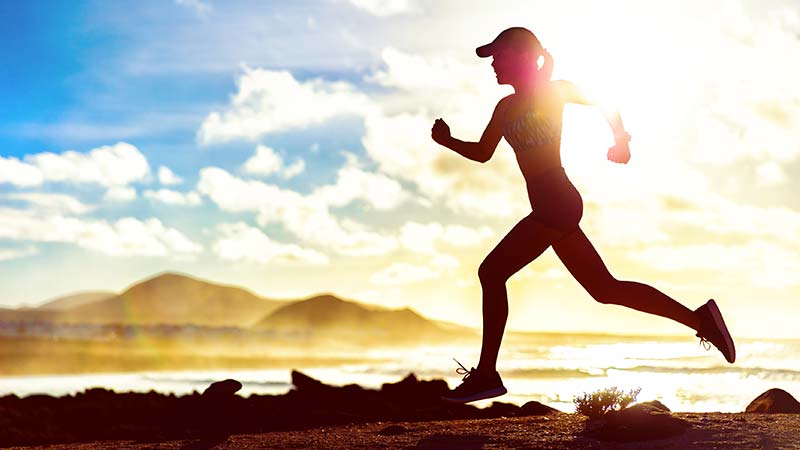
Humans are continually analyzing the movements of others. While we all have unique gaits, there are four main categories.
The human gait, whether walking, running or performing virtually any movement, is an open book of the body’s neuromuscular system — and not just a physical reflection of your health and fitness, but a biochemical and mental-emotional one as well.
Gait is defined as “moving posture.” For most people — from babies and children, beginner to competitive athletes, from clinicians to scientists, evaluating the human gait need not be so complicated. We already do it.
Humans are naturally people-watchers, profilers not only of our own species, but other animals too. We like checking others out. It took me years of watching people’s movements to learn the art of biomechanics, and it paralleled the science. I’m still learning. Gait analysis has an important purpose regardless of our perspective: to assess one’s health and fitness.
We also wish for improved gaits — which we can have. In general, those who are healthier and more fit move much better.
We know what a great “A” gait looks like. They are showcased in the Olympics and other high-level sports activities, and even created on a movie-set by actors. But the other extreme is a bad gait, such as the guy trying to find his car after a few martinis, or someone with a brain injury (such as Parkinson’s or from a stroke). Consider these two extremes of gait, then add two other categories in between where most of us fall. If we keep it simple, there are four gaits: A, B, C and D.
You’ll see these gaits in everywhere. Those walking down the trail or on the street, runners and cyclists, and when we watch pro athletes perform. While posture is different, it’s very much connected with gait — very similar neuromuscular imbalance is common in both. A person with poor posture often has a bad gait, although some people come to life when movement is initiated.
One big enemy of gait, like posture, is too much sitting. Of course, many contributors to poor health or fitness can affect movement as well. Poor aerobic function is a key to an efficient gait as these muscle fibers control much of our movement. The feet, and shoes we wear, have an immediate effect on gait, especially if any of your shoes don’t fit properly.
Being aware of the gait of others could help us be more aware of our own. Many times we let our gait down, so to speak. We slump, slough, get lazy, or somehow move like no one is in control. This occurs more as we age.
We all have unique gaits. Consider that we can recognize a person we know some distance away by their gait before we see their face.
Below are my four general categories of gait.
A: This is the optimal gait, an “A.” It’s beautiful, and may appear perfect; We can move with max efficiency, using less energy and burning more fat. Getting to the end of the race, or our day, is a successful venture. The heart rate, a measure of whole body stress, remains relatively low even with a rapid gait. As fatigue develops, inevitable during exercise or a busy day, the gait irregularity is minimal and well compensated.
B: A very good gait. Some noticeable, minor irregularities. Over a longer period of time, a busy day or long event, these imperfections become more obvious as neuromuscular weakness appears as indicated by a rising heart rate. We noticeably slow down but finish fresh.
C: A cumbersome and irregular gait. This is the reason many people slow down with age. It’s an uncompensated gait. And the more we use it, the more it impairs us. Movements are uneasy, reflecting significant neuromuscular weakness that makes it a lot of work to cross the finish line or reach the day’s end. Even though we move relatively slow, there’s a higher heart rate. But we’re only one step away from a very good gait.
D: It’s not an F but almost. Even most bad gaits can be improved to some degree. This is a painful gait — if not felt by the individual, by most observers, and it does not make it easy to get around. People with this gait often struggle through the day, with a much higher heart rate reflecting significant fatigue.
The right health and fitness coach, or practitioner, who can analyze the complexities of gait details, can also help improve an irregular gait.
If you want to read more about the human body in motion, below are links to additional articles. In the meantime, continue people watching!








